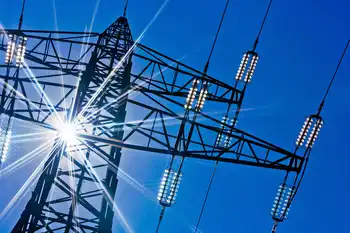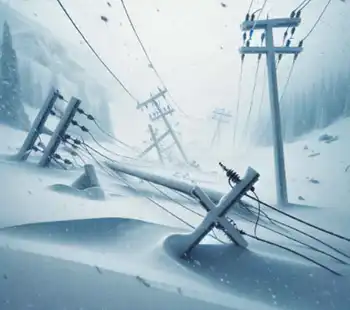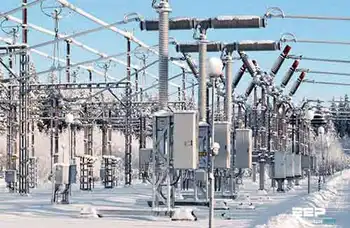Ontario faces electricity 'challenge'
By The Globe And Mail
CSA Z463 Electrical Maintenance -
Our customized live online or in‑person group training can be delivered to your staff at your location.

- Live Online
- 6 hours Instructor-led
- Group Training Available
The new problems will force reactors to be taken out of service for testing and maintenance earlier than planned and will add to the challenges facing the government in its attempts to keep the power flowing for the next few years, said Energy Minister Dwight Duncan.
"It points to another flaw in our [nuclear plants]. The regulator is aware of it and that is something we need to be concerned about. . . . That set of reactors is not without problems," Mr. Duncan said in a telephone interview recently.
At the very least, the problems that have been found in the pressure tubes in the four reactors at Pickering B will cause them to be taken out of service for regular testing starting this year, rather than three years from now, said John Earl, spokesman for Ontario Power Generation.
If the testing reveals unexpected problems in the tubes that contain the nuclear fuel, OPG and the government would have to decide whether to undertake a major rebuilding of the plants.
Together, the four nuclear reactors contribute 2,160 megawatts, about 10 per cent of the power consumed at peak hours in Ontario on a day of moderate demand.
OPG revealed the problems in its latest quarterly report. "As a result of recent inspections of fuel channels, conditions were identified that will require acceleration of planned remediation programs at the Pickering B station. These findings will result in additional inspections of the fuel channels, lengthening previously planned outages, and will advance certain maintenance procedures from 2007 and 2008 to 2004 through 2006."
Even before the latest news from OPG, the four units at Pickering B loomed as a problem for the government. They were built between 1983 and 1986, meaning a multibillion-dollar decision must be made within a few years on whether to refurbish or replace them.
Mr. Duncan did not underestimate the problem.
"It's a difficult challenge and Pick B is probably the biggest challenge that is going to face this government and governments in the next five to six years. It is not without large challenges. It's continuing to operate. We're monitoring it carefully. But obviously the challenges we have cannot be taken lightly."
Adding to the difficulty of the decisions to be made is the fact that the plans to rebuild the four units at the neighbouring Pickering A station have encountered delays and cost overruns.
They were started up in 1971 to 1973 and have been shut down for six years. Unit 4 was returned to service in September 2003 at a cost of $1.25-billion and work has begun to repair Unit 1 at a projected cost of $900-million.











